Start Licensing’s Ian Downes unearths some licensing gems at the UK Toy Fair this week.
Like a lot of licensing people I was at the UK Toy Fair this week. It was a good opportunity to catch up with industry colleagues – a welcome by product of the fair.
The toy business has always been a close bedfellow of the licensing business – perhaps even more so now.
Many successful licensed properties have developed from the toy industry with brands such as Barbie and Action Man being good examples. The toy aisles are a happy hunting ground for licensees, while many toy companies rely on licensing for much of their activity these days.
I have tried to pick a few of my licensing highlights from the Toy Fair: quite difficult to condense things down this week… Olympia was very fertile ground for a Licensing Lookout.
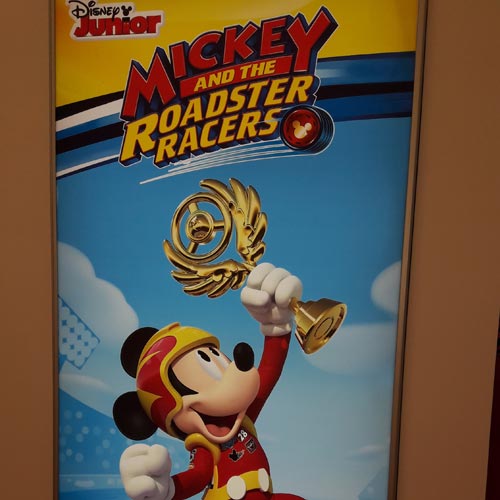
1. I saw a range of toys based on a new to me Mickey Mouse TV series and style guide: Mickey and the Roadster Racers – a show that is on Disney Junior I believe. This was a reminder of the broader base of TV channels in the market now and how licensing professionals have to be ready to embrace opportunities from a range of channels.
It is important to have an open mind and a good scouting network. It was also a reminder of how organisations like Disney can offer integrated opportunities to toy companies – TV series, licensing, advertising and promotion. Disney are also very effective at re-inventing their IP through design creativity – Mickey the Motorist looked good I thought.
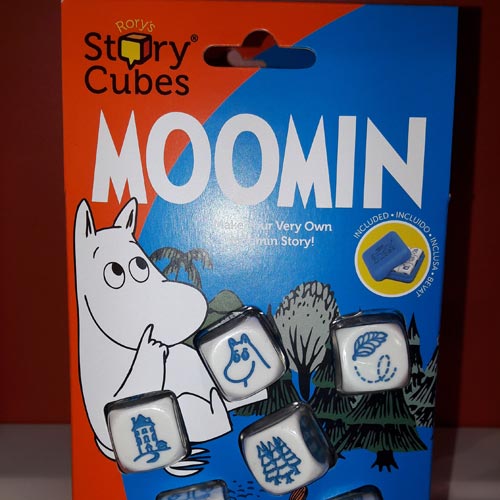
2. Rory’s Story Cubes range of dice games featuring characters such as Scooby Doo, Moomin and Doctor Who featured on the Esdevium stand were a very good example of how licensing can help create a range for a licensee giving them immediate impact and credibility with retailers. Also, given these are story cubes and they appear in book retailers, it was a timely reminder that book retailers such as Waterstones are now open for business in terms of licensed ranges, as long as products are suited to their environment and customers.
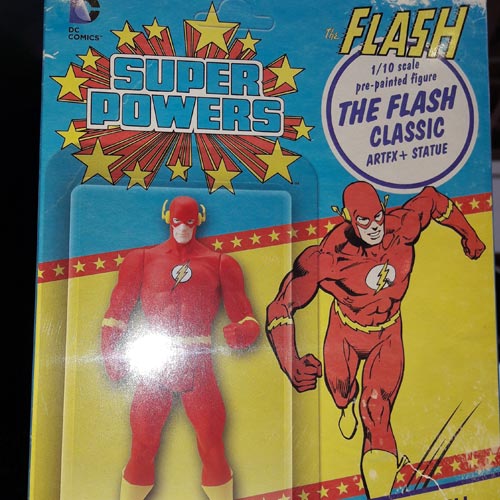
3. It is widely acknowledged that collectable products are an important part of the toy and licensing mix. However an interesting trend I have observed is the growth in ‘man/woman cave’ collectables – toyetic product developed specifically with the adult collector in mind. An obvious example of this is the Funko Pop! Vinyl range, but beyond this there are other examples such as Star Images Kotobukiya Action Figures like The Flash.
These sort of figures are collected by adults and are part of a trend for older consumers to tap into pop culture. Vinyls and resin figures are bought to collect and display – with consumers perhaps tapping into childhood favourites and being able to spend a bit more to indulge their passion. I think this will be a growth area for licensing and one that may well open up opportunities for a diverse group of rights holders.
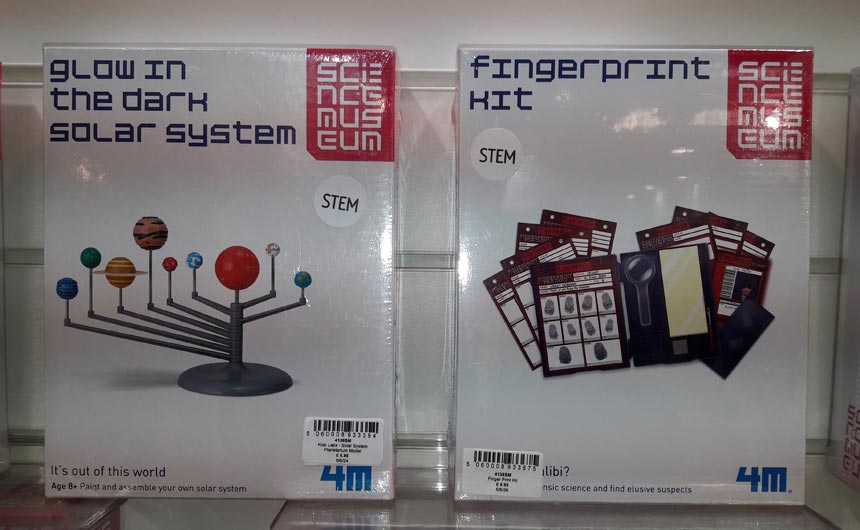
4. Toy Fair was also helped confirm that museums and galleries are now becoming more established in the licensing mix. A good example was Great Gizmos range of science kits using the Science Museum branding and endorsement. I think this range has been in the market for a while, but appears to be growing and has clearly established itself as a perennial. It is a great case study of how a museum brand can engage with a toy company. I expect to see more examples of museums and galleries ‘playing’ in the toy category, but would expect success to come to those that retain a real authority and focus in their approach to NPD.
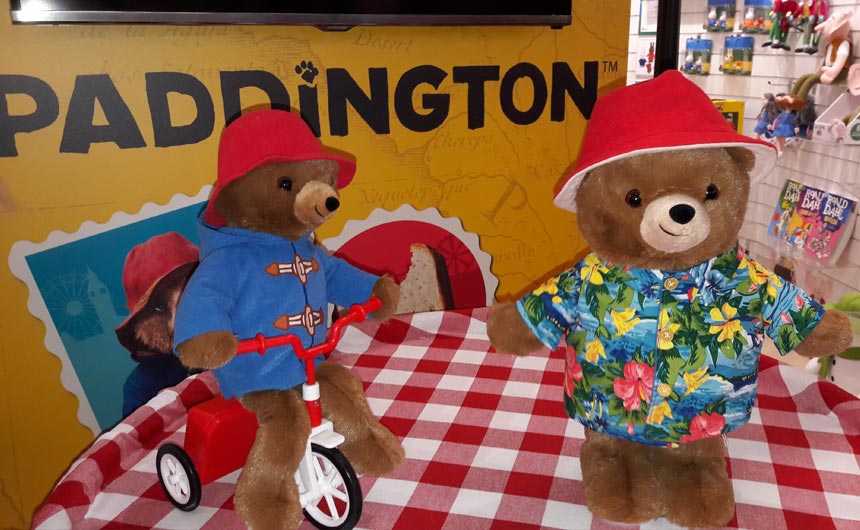
5. It was also great to see toy companies working hard to innovate with licences. It is easy to buy a licence and not invest further; the smart toy companies recognise that a good licence with an innovative product is a strong combination – a really good example of this was Rainbow Designs’ approach to Paddington. They featured two very innovative Paddington plush products on their stand: a cycling Paddington and a dancing Paddington. Both were eye-catching products and I can imagine them performing well at retail. The Dancing Paddington is an item that I can imagine creating a real stir at retail and on social media.
As an aside, I think toy companies are more and more tuned into the potential that social media offers them in marketing their products. Another great example of innovation and attention to detail in NPD terms was Gibson’s Volkswagen Camper Van puzzle in a tin. The tin was high quality, finely detailed and a fantastic way of packaging a puzzle – sure to bring new consumers into puzzles.
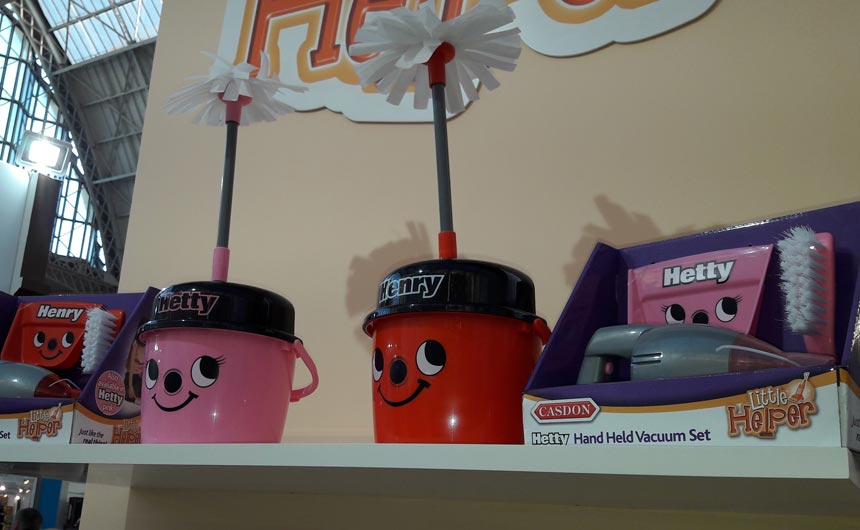
6. I would also applaud Casdon on how they use licensing. They are a good example of building repeat business from clever application of well chosen licences. Casdon specialise in creating toy versions of household appliances – they have a real eye for brands and how to build ranges. In some ways they are one of the hidden licensees of the toy world. A particular favourite of mine were the ranges they have built using the Henry and Hetty Hoover brands. They have moved the brands into a range of play-sets selling alongside toy versions of the core products. I imagine brand owners see them as a go to manufacturer should they want to play in the category and retailers see them as a reliable supplier of well selected licences. Casdon have really used licensing wisely.
While I didn’t think that there was a standout property at the show – it is clear that licensing and toys are still closely aligned. Licensed products were a key feature throughout the show and the importance of licensing to toy companies cannot be underestimated.
I hope that licensing is used by toy companies in concert with well thought through NPD and a focused approach to range building. As licensees like Casdon show, licensing can help a business build a long-term business and offer a distinct point of difference.
Ian Downes runs Start Licensing, an independent brand licensing agency. His Twitter handle is @startlicensing – he would welcome your suggestions for what to look out for.






























